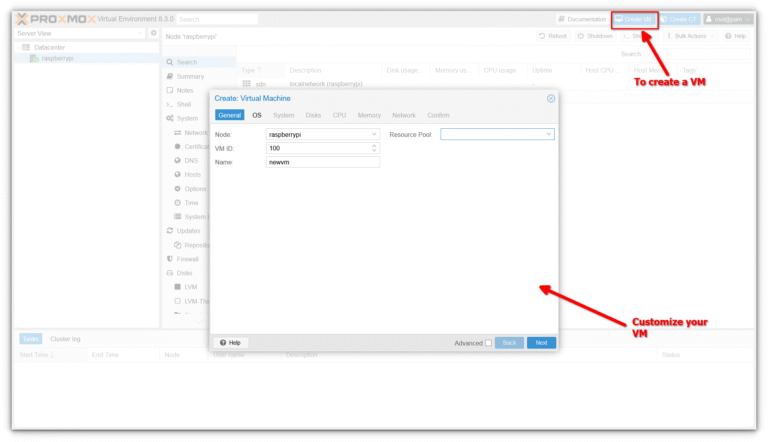
Kubernetes is a popular open-source platform used for automating the deployment, scaling, and management of containerized applications. It provides a powerful API for managing resources, but sometimes its built-in resources are not sufficient for your use case. That’s where Kubernetes Custom Resource Definitions (CRDs) come in. CRDs allow you to define your own custom resources, which can be managed in the same way as built-in resources like pods and services.
In this tutorial, we’ll go through the steps to implement a Kubernetes CRD.
Prerequisites
To follow along with this tutorial, you’ll need:
- A Kubernetes cluster with kubectl installed and configured.
- The Kubernetes API Server running with RBAC (Role-Based Access Control) enabled.
- Basic understanding of Kubernetes resource manifests and YAML.
Step 1: Define the CRD
First, we’ll define the YAML file that describes our CRD. This file specifies the name, version, and schema of the custom resource. For example, let’s create a CRD for a fictional application called “myapp” with a version of “v1beta1”:
apiVersion: apiextensions.k8s.io/v1beta1
kind: CustomResourceDefinition
metadata: name: myapps.example.com
spec: group: example.com versions: - name: v1beta1 served: true storage: true scope: Namespaced names: plural: myapps singular: myapp kind: MyappYAML to Create CRD Definition
In this YAML file:
- apiVersion: The version of the Kubernetes API to use for this object.
- kind: The kind of object this is (in this case, a CustomResourceDefinition).
- metadata: Metadata for the object, including its name.
- spec: The specification for the CRD.
- group: The API group for the custom resource.
- versions: A list of supported versions for the custom resource.
- name: The name of the version.
- served: Whether the version is served by the API server.
- storage: Whether the version should be persisted.
- scope: The scope of the custom resource (Cluster or Namespaced).
- names: The names used to refer to the custom resource.
- plural: The plural name of the resource.
- singular: The singular name of the resource.
- kind: The kind of the resource.
- shortNames: A list of short names for the resource.
Save this YAML file as myapp-crd.yaml.
Step 2: Create the CRD
Next, we’ll use kubectl to create the CRD in our Kubernetes cluster:
$ kubectl create -f myapp-crd.yaml |
This will create the CRD myapps.example.com in the Kubernetes cluster.
Step 3: Define the Custom Resource
Now that we’ve defined the CRD, we can define the custom resource that will use this CRD. In this example, we’ll create a YAML file that defines a custom resource for myapp:
piVersion: example.com/v1beta1 kind: Myapp metadata: name: myapp-sample spec: replicas: 3 image: nginx:latest
In this YAML file, we define the following:
- apiVersion: The API group and version of the custom resource. Here, it’s example.com/v1beta1.
- kind: The kind of the custom resource. Here, it’s Myapp.
- metadata: Metadata associated with the custom resource. Here, we set the name to myapp-sample.
- spec: The specification of the custom resource. Here, we specify the number of replicas and the image to use.
Save this YAML file as myapp-sample.yaml.
Step 4: Create the Custom Resource
Next, we’ll use kubectl to create the custom resource in our Kubernetes cluster:
$ kubectl create -f myapp-sample.yaml |
This will create the custom resource myapp-sample in the Kubernetes cluster.
Step 5: View the Custom Resource
To view the custom resource we just created, run the following command:
kubectl get crd |
You should see the list of CRDs created in the cluster and validate that the resource you have created exists.
Conclusion
Kubernetes Custom Resource Definitions (CRDs) are a powerful feature that allows you to extend Kubernetes with your own custom resources. With CRDs, you can create your own Kubernetes API resources, which can be used just like any other native Kubernetes resource. With these simple steps, you can easily create CRDs in your cluster.


